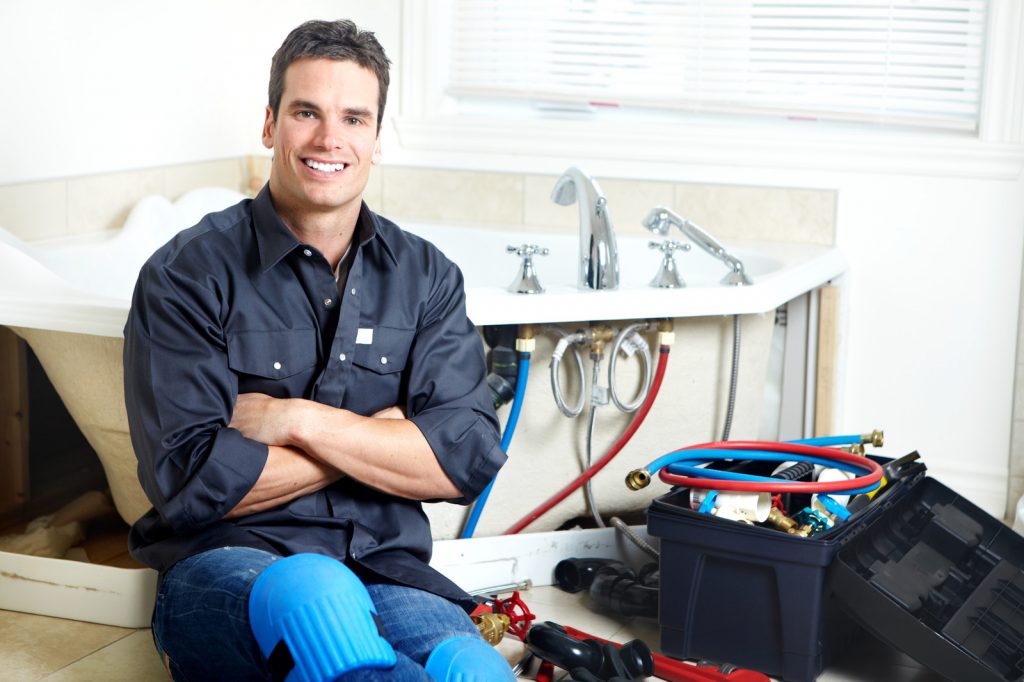Handling a Plumbing Crisis: Tips for Emergency Repairs

Plumbing Repairs in an Emergency: Tips for Dealing with an Emergency
A plumbing emergency is a time-sensitive matter. The effects of burst pipes and overflowing toilets can ruin your home and sanity if you don't act swiftly and effectively. As part of our blog, we explore the world of emergency plumbing repairs, providing essential tips for handling these unexpected situations.
If your basement is flooded or your water heater malfunctions, you need to know what to do. With expert advice to mitigate damage and restore order when faced with a plumbing emergency, we've got you covered. Make sure you are prepared and informed in case of plumbing emergencies in the future.
Identifying Common Plumbing Emergencies
There are many different types of plumbing emergencies, but some are more frequent than others. The most common type of pipe burst is caused by freezing temperatures or excessive pressure. Overflowing toilets are also common, usually caused by pipe blockages. Moreover, water heater malfunctions can result in sudden leaks or hot water loss. To effectively resolve and control these emergencies, it is imperative to identify them as soon as possible. Identifying symptoms such as unusual sounds, damp spots, or sudden drops in water pressure can prevent further damage to your property.
Shutting Off Water Supply
If you are experiencing a plumbing emergency, the first step you should take is to shut off the water supply to prevent further flooding. Locate the main shut-off valve, which is usually located near the house's water meter. Using a clockwise turn, shut off the water flow. Depending on the fixture, shut-off valves may be available nearby if there is an emergency with a toilet or sink. You can save time during a crisis by familiarizing yourself with the locations of these valves beforehand. Immediately after turning off the water, assess the situation calmly and determine the next steps.
Essential Tools for Quick Fixes
In the event of a plumbing emergency, having the right tools on hand can be crucial. These are some essential tools every homeowner should have:
Adjustable Wrench
Pipe Wrench
Plunger
Plumber's Tape
Pipe Cutter
Flashlight
Bucket
Towels
Gloves
Drain Snake
DIY Solutions for Immediate Relief
Homeowners may have to implement temporary DIY solutions for plumbing emergencies until professional assistance arrives. In order to stop the flow of water, plumber's tape or a pipe clamp can be used temporarily to patch a leaking pipe. Plunging or using a drain snake may help open clogged drains or toilets.
It is also possible to prevent further damage to floors or walls by strategically placing towels or buckets to contain water leaks. Despite the fact that these DIY measures provide temporary relief, they are not permanent fixes, and should be followed by professional repairs to address the underlying problem.
When to Seek Assistance
The DIY method is often helpful when dealing with minor plumbing issues, but professional assistance is usually required when dealing with more complicated problems. A plumbing emergency cannot be handled by your expertise or the tools you have on hand. If you notice extensive water damage, persistent leaks, foul odors, or a sudden drop in water pressure, you should seek professional assistance.
Furthermore, if the problem is too complicated or a safety hazard, call a licensed plumber immediately. Getting professional help as soon as possible can prevent further damage to your home.
Preventing Further Damage
If you find yourself in the midst of a plumbing emergency, it is imperative that you act quickly to avoid further damage. Mold growth or structural weakness may still occur after shutting off the water supply and implementing temporary DIY solutions. It is recommended that homeowners mitigate these risks by thoroughly drying affected areas with fans or dehumidifiers, removing wet materials from the area, and sealing off damaged portions of the plumbing system with waterproof materials. When homeowners address these concerns promptly, they reduce long-term damage and facilitate restoration.
Managing burst pipes: Step-by-step instructions
If your pipes burst, you must act quickly to avoid extensive water damage. For an effective solution, follow these steps:
Turn off the main water supply to your home first to stop the flow of water. A shut-off valve is usually found near a water meter or where a main water line enters the residence. Water will cease flowing when the valve is closed clockwise.
Once the main water supply has been shut off, open faucets throughout your house to drain any remaining water and relieve pressure in the pipes. As a result, the damage caused by water may be minimized, as well as further leaks prevented.
Determine where the burst pipe is located: Locate the leak by inspecting your plumbing system. Check for damp spots, bulging walls, or discolored ceilings for signs of water damage. These indicators are often found near burst pipes.

Assess the damage: Determine the size and severity of the rupture. It may only be necessary to patch small leaks, whereas larger ruptures may require the replacement of the pipe.
Patch the burst pipe temporarily: If the burst pipe is accessible and the damage is minor, you can temporarily patch it with plumber's tape, a pipe clamp, or rubber hoses and clamps. Use the tape to seal the leak or the clamp to secure a patch over the damaged area.
My Buddy the Plumber
+17208078051
https://mybuddytheplumberllc.com/
https://maps.app.goo.gl/ufTX6gKdvPuULvEB8
